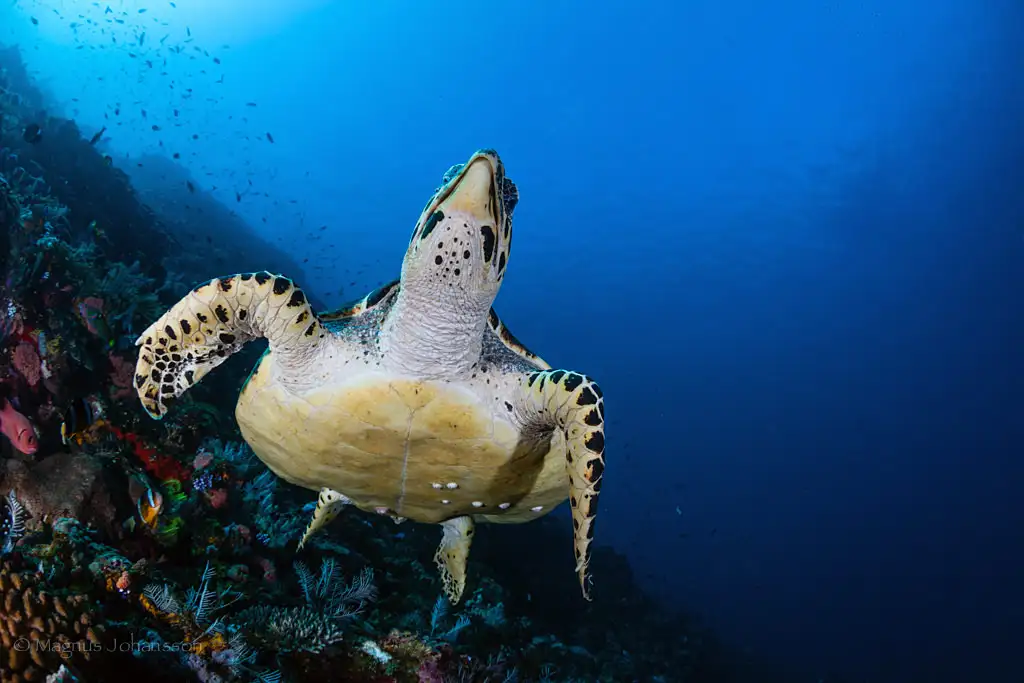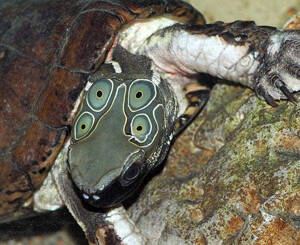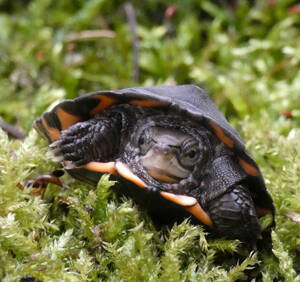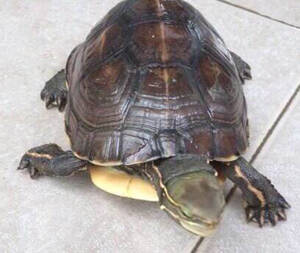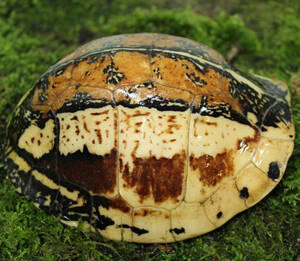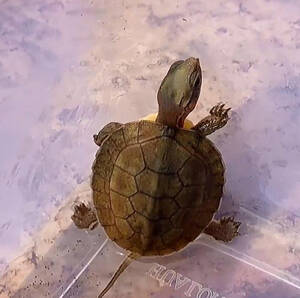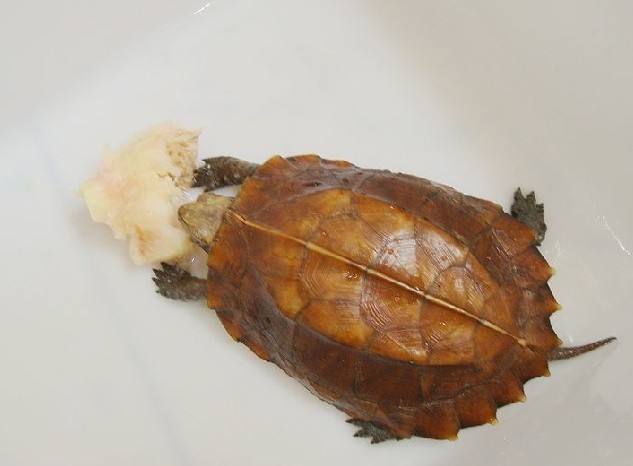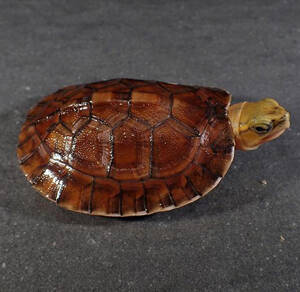Dermochelys coriacea
IUCN
LCBasic Information
Scientific classification
- name:Dermochelys coriacea
- Scientific Name:Dermochelys coriacea,Leatherback Turtle,Leatherback turtle, seven-winged turtle, sampan turtle, swallow turtle, leatherback turtle
- Outline:Testudines
- Family:Testudinata Dermochelydae Dermochelys
Vital signs
- length:About 1-3 meters
- Weight:About 100kg
- lifetime:60-100years
Feature
The largest of the order Testudinata, its body and limbs are covered with irregular polygonal scales. The largest is found in
Distribution and Habitat
It is distributed in the seas between the equator and 65° north and south latitudes worldwide, and in China it is distributed in the coastal waters of Liaoning, Hebei, Shandong, Jiangsu, Zhejiang, Fujian, Taiwan, Hong Kong, Guangdong and Guangxi.
The leatherback turtle is an ocean-dwelling animal that mainly inhabits the middle and upper layers of tropical waters, and is occasionally found in coastal waters and harbors.
Appearance
The head is large and the neck is short. The head has no large scales and there is a huge serration in the center of the upper jaw. The back has no hard horny shield, only soft leathery skin with 5-7 longitudinal ridges, which converge to form a heart shape at the back of the carapace, and the ridges are slightly concave like grooves. The abdomen has soft leathery skin and is not covered with shields. The limbs are foot-shaped and have no claws. The head, neck, back and limbs are dark brown or gray-black, with dark yellow or white spots, and the abdomen is light in color.
Details
The leatherback turtle is large and is the largest turtle in the world. It has a large head, short neck and tail, paddle-shaped limbs, no claws, and particularly developed forelimbs.
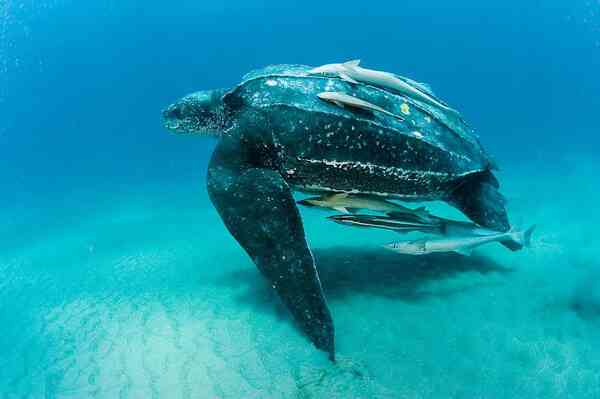
The leatherback turtle is a cold-blooded reptile that swims fast and has strong ability. It is omnivorous and lays eggs between May and June every year, with 90-150 eggs laid at a time. It mainly inhabits the middle and upper layers of tropical waters and is distributed in the Atlantic and Pacific Oceans.
Leatherback turtles are omnivorous, feeding mainly on fish, shrimp, crabs, squid, snails, clams, starfish, aquarium/sea-cucumbers.html">sea cucumbers, jellyfish and seaweed, even jellyfish with stinging cells. It has no teeth in its mouth, but has large and sharp keratin spines on the inner wall of the esophagus, which can grind food before it enters the stomach and intestines for digestion and absorption.
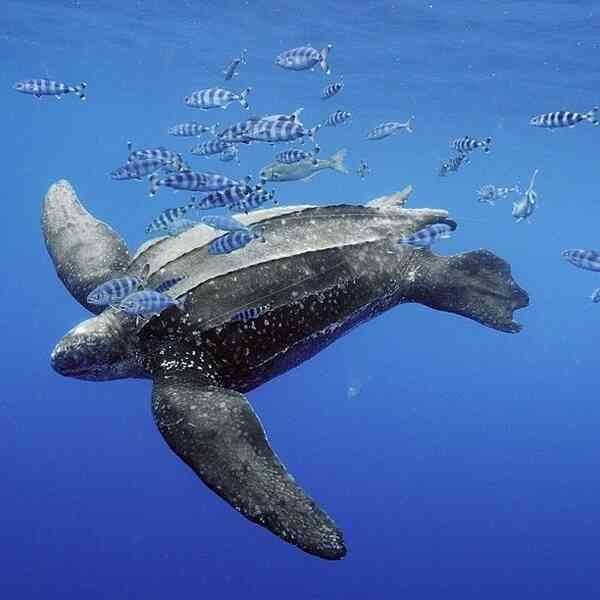
The leatherback turtle population is declining sharply. One of the important reasons is that people discard plastic bags in the ocean, which leatherback turtles mistake for jellyfish and eat, causing intestinal obstruction and death; coupled with over-capture and drowning, the number is decreasing. The book "Marine Ecology and Biodiversity of the Nanpeng Islands" points out that leatherback turtles are likely to become extinct before 2017. The book estimates that the number of female leatherback turtles in the world has dropped from about 115,000 in 1980 to less than 43,000 in 2007.
Listed in the first level of China's "National Key Protected Wildlife List" (February 5, 2021).

